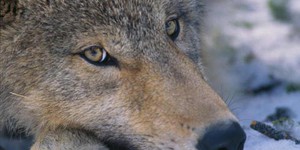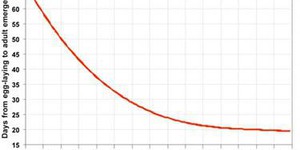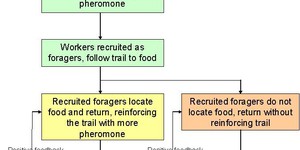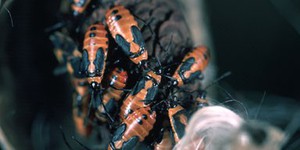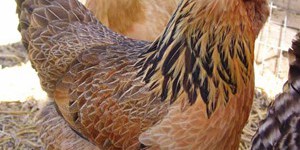Seventh Grade, Zoology Science Projects (26 results)
Animals have developed an amazing variety of body plans, behaviors, and strategies in order to succeed in the struggle for survival. Explore topics ranging from regeneration, camouflage, animal migration, how to attract hummingbirds, and more.
|
Select a resource
Sort by
|
If you were leaving home for a long walk, how far would you go? One mile, 5 miles, 10 miles? How about 550 miles?! That's a long way, but some wolves have been known to travel that far when they are leaving their packs in search of a mate so they can form their own pack. But is that how far wolves normally travel? Try this wild wolf tracking science fair project to find out!
Read more
Featured
Have you heard that garlic powder is supposed to inhibit the growth of bacteria? Which do you think would make a better disinfectant: a solution of garlic powder or a solution of bleach? This project shows you a straightforward way to compare the effectiveness of different disinfectants (or other antimicrobial agents), by measuring zones of inhibition on a culture plate.
Read more
A cricket as a thermometer? Yes, that is right! In this science fair project, you will investigate how the chirps of these tiny creatures can do more than lull you to sleep—they can tell you the temperature!
Read more
Why do birds migrate? Do all birds have the same reasons for migrating? Where do they go when they migrate? These are questions scientists have asked for centuries. The more species for which they gather data, the more specific the answers become. In this science project, you will choose a species to investigate, then access and evaluate real data collected by scientists to start answering those questions yourself!
Read more
If you're looking for an experiment that will gross out just about everyone, you probably can't do much better than this! This project investigates an important question in the field of forensic entomology. Just make sure to get permission at home before you start.
Read more
Have you ever stopped to watch a trail of ants moving back and forth between a food source and their nest? Have you ever wondered how they establish their trail? You've probably read that ants use chemical signals to communicate with one another. This is a relatively simple experiment that you can do to determine whether ants use attractant signals (positive cues) or repellant signals (negative cues) or both.
Read more
You've probably heard about differences between the left brain and the right brain in people. Did you ever wonder where that came from? Do other animals have specialized brain hemispheres too? One hypothesis has it that brain lateralization evolved as a survival mechanism in animals with eyes on the sides of their heads. One eye could focus on finding food, while the other watched out for predators. This project tests that hypothesis by looking for left-right bias in feeding behavior in lizards.
Read more
If you have a garden, you probably know about snails (or their shell-less relatives, slugs). You may even be looking for a good way to keep them from getting into your garden and eating up the results of all your hard work. In this science project, you will take a scientific look at one method of discouraging this garden pest.
Read more
Milkweed bugs, as their name suggests, have a close relationship with the milkweed plant. The plant produces an irritating, milky sap, and toxic compounds, but somehow the milkweed bug is unaffected by them. Instead, it concentrates chemicals from the sap in its body, acquiring an unsavory taste that, along with its bright coloration, protects it from predators. Given this close relationship, will the milkweed bug exhibit a color preference for egg-laying sites? This project is designed to find…
Read more
Animals come in all shapes and sizes, even humans. You can look up different statistics about different kinds of animals using the Internet: average body size, brain size, life expectancy and generation time are some examples. Is there a correlation between body size and life span? Is there a correlation between body size and brain size? Is there a correlation between body size and generation time? Is there a correlation between body size and the size of your footprint? (Comparative Mammalian…
Read more
If you keep chickens (lucky you!), here's an interesting project you might want to try.
Read more
|
Explore Our Science Videos
Video: Winding Coil
How to Make Elephant Toothpaste
Explore the Wet Sand Effect – STEM activity


